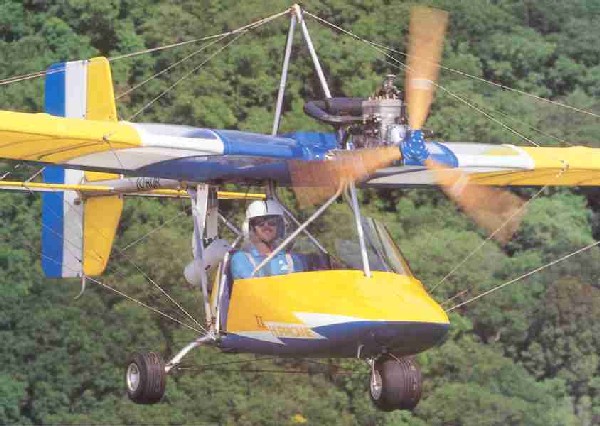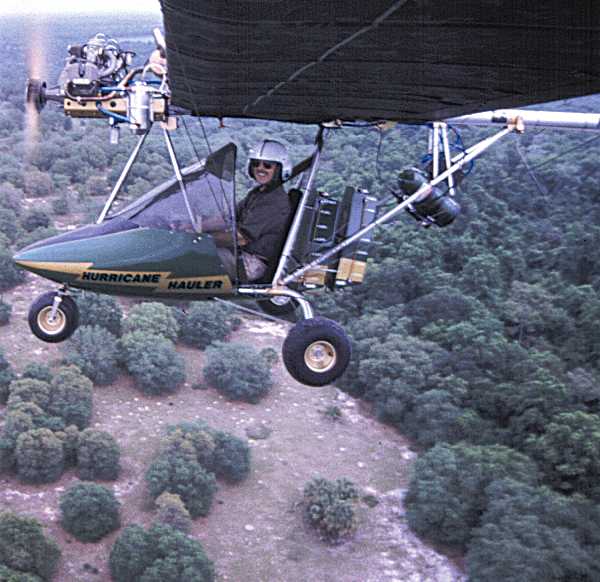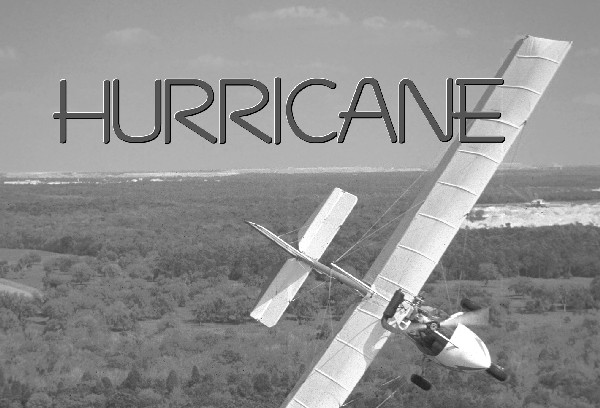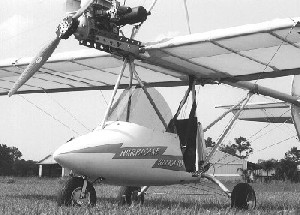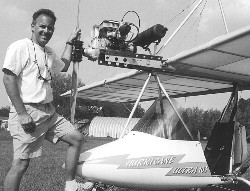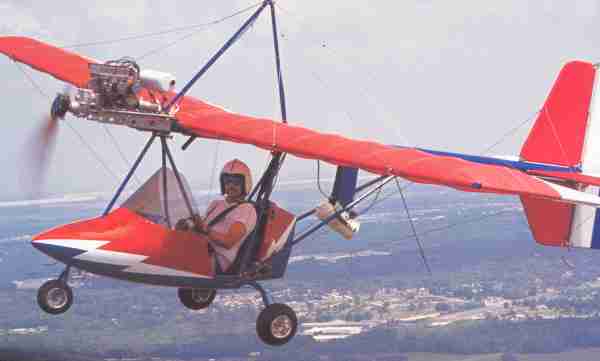
You can’t find as many bargains in ultralight flying as you once could. Increasing sophistication of ultralights has, with economic factors, driven up prices. The Hurricane offers 1994 pilots a good deal, however, with prices in the $7,000 range for a complete, bolt-together kit. These days, that’s one great price! The Hurricane is a derivative design, owing its shape to aircraft like the Avenger, Phantom, and Mirage. Company owner Don Eccker has made numerous changes to the plane and a modern Hurricane has become its own airplane. Eccker was long associated with the popular Avenger which eventually left the market. He filled the gap with his Hurricane. Eccker and his staff reveal a fine attention to detail coupled with a love of flying. This shows readily in the Hurricane. The plane boasts very responsive handling which still imparts a feeling of solidness. Performance is good enough that Eccker performs exciting aerobatics with great competency.



